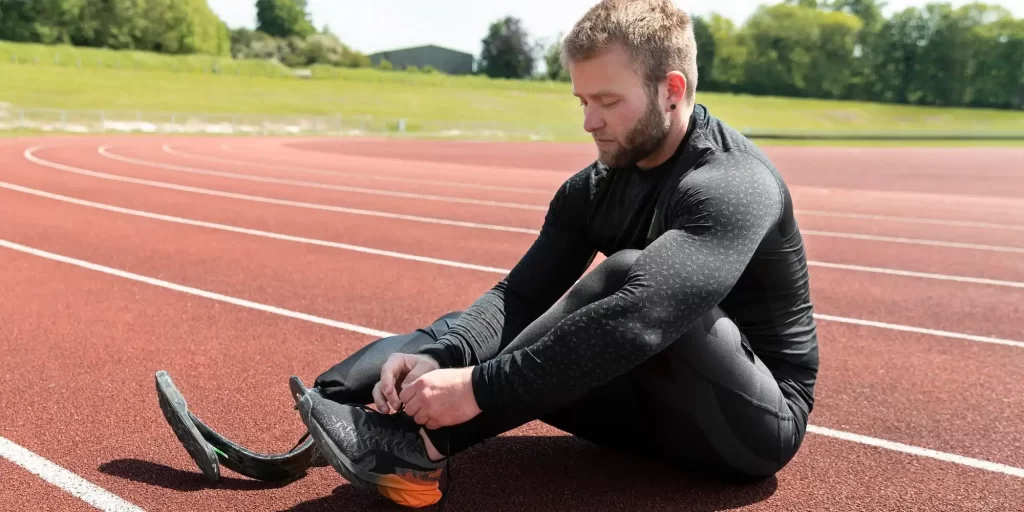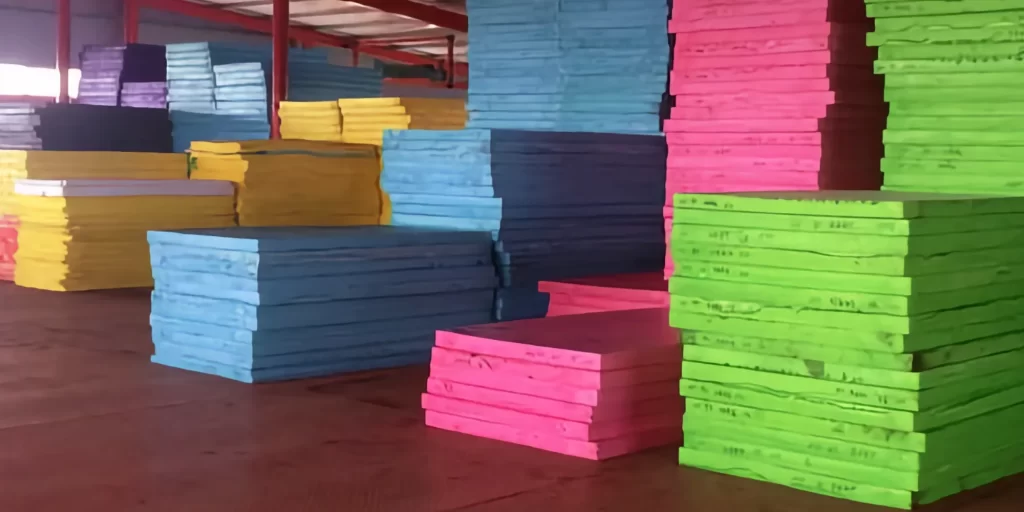Introduction
Foot comfort is paramount, especially for those who spend long hours on their feet or have specific foot-related conditions. Orthotic insoles have long been a solution to foot discomfort, and the choice of material plays a crucial role in their effectiveness. EVA foam, with its unique properties, has become a preferred choice for orthotic insoles. This article explores the benefits and applications of EVA foam in the world of orthotic insoles.
Understanding EVA Foam
EVA, or ethylene-vinyl acetate, is a blend of ethylene and vinyl acetate, resulting in a soft and flexible foam. Known for its shock absorption and cushioning properties, EVA foam is widely used in various industries, including footwear.
Why EVA Foam is Ideal for Orthotic Insoles
- Superior Cushioning: EVA foam provides excellent cushioning, distributing foot pressure evenly and reducing strain on the feet.
- Lightweight: EVA foam is incredibly light, ensuring that the insoles don’t add unnecessary weight to the footwear.
- Durability: EVA foam retains its shape over time, ensuring long-lasting support and comfort.
- Moisture Resistance: EVA foam is resistant to moisture, preventing the growth of bacteria and fungi, which can lead to foot odor.
- Customizability: EVA foam can be easily molded to fit the unique contours of an individual’s foot, providing personalized support.
Applications of EVA Foam in Orthotic Insoles
- Sports Insoles: Athletes require insoles that provide shock absorption during high-impact activities. EVA foam insoles ensure reduced stress on joints and enhanced performance.
- Medical Orthotics: For individuals with foot conditions like plantar fasciitis or flat feet, EVA foam insoles offer therapeutic support, alleviating pain and improving foot posture.
- Everyday Wear: For those seeking added comfort in their daily footwear, EVA foam insoles provide the necessary cushioning and support.
- Specialized Footwear: Work boots, hiking shoes, or any footwear that’s worn for extended periods can benefit from the comfort of EVA foam insoles.
Sustainability and EVA Foam
EVA foam is non-toxic and can be recycled, aligning with the growing trend of eco-friendly products. Its sustainable nature makes it a responsible choice for orthotic insoles.
FAQs
- How do I clean EVA foam insoles?
EVA foam insoles can be cleaned using a mild detergent and water. Allow them to air dry to maintain their shape. - Can I trim EVA foam insoles to fit my shoes?
Yes, EVA foam insoles can be easily trimmed with scissors to fit the shape of your footwear. - How often should I replace my EVA foam insoles?
While EVA foam is durable, it’s recommended to replace insoles every 6-12 months, depending on usage, to ensure optimal support. - Are EVA foam insoles suitable for all foot types?
EVA foam insoles can be customized to fit various foot shapes, making them suitable for most individuals. - Do EVA foam insoles help with foot odor?
The moisture-resistant properties of EVA foam can help reduce foot odor by preventing bacterial growth.
Conclusion
EVA foam has revolutionized the world of orthotic insoles, offering unparalleled comfort, support, and durability. Whether you’re an athlete, a professional on your feet all day, or someone seeking everyday comfort, EVA foam insoles are a step in the right direction. As footwear technology continues to evolve, the role of EVA foam in enhancing foot comfort is set to grow, promising a future where every step is a comfortable one.






